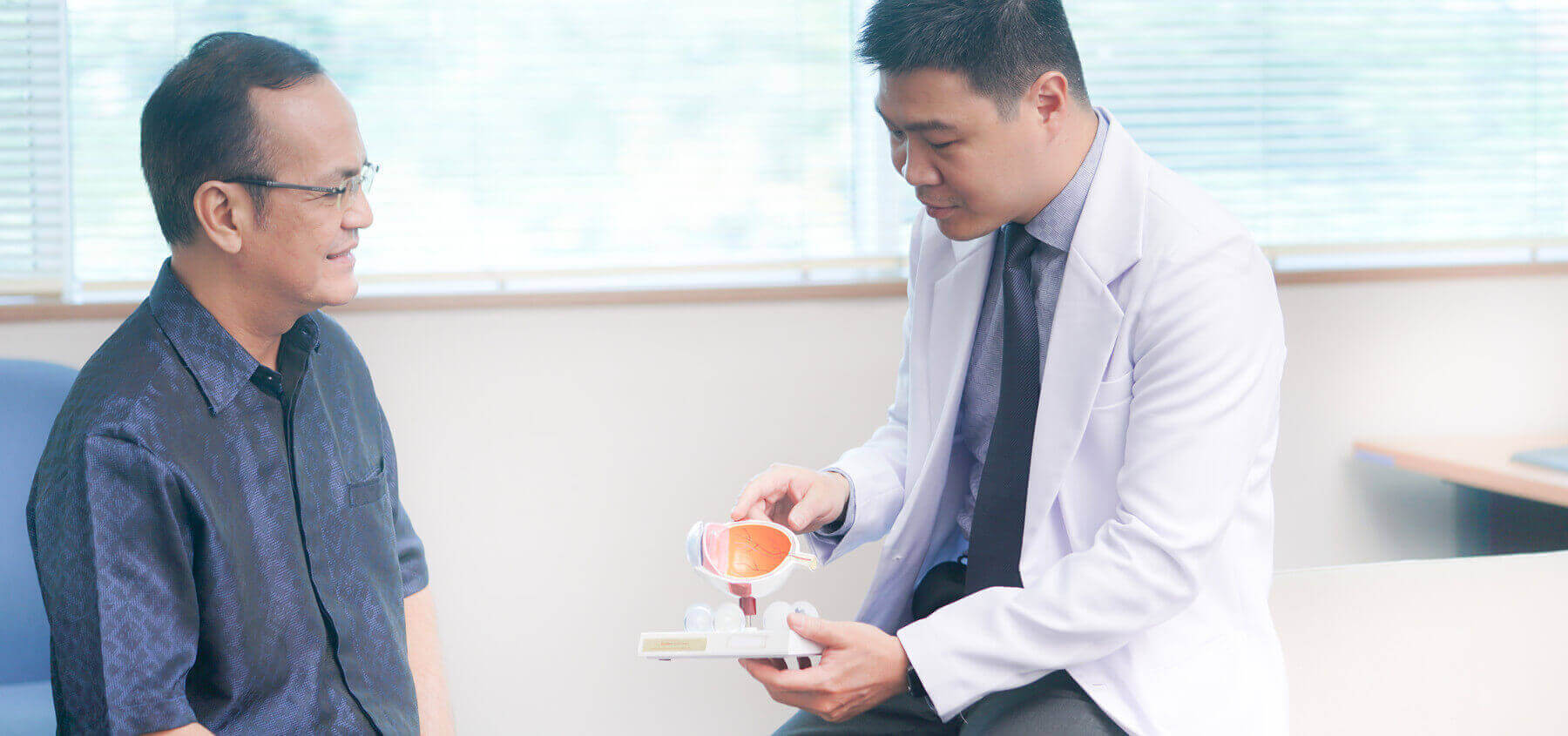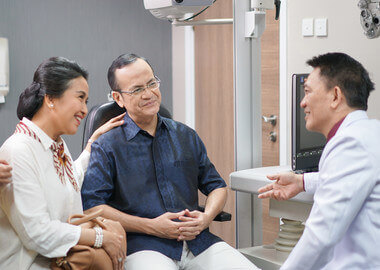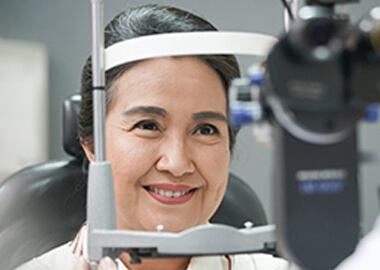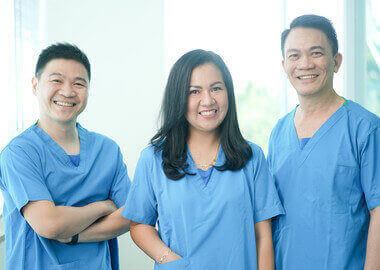GLAUCOMA TREATMENT AT KMN EYECARE: WHAT IS GLAUCOMA?
Glaucoma is an eye disease that damages the eye’s optic nerve. The optic nerve can be imagined as an electric cable that contains millions of wires, each wire carrying an image from the retina to the brain through the light-sensitive optic nerve. Changes or damage to the optic nerve thus affect vision.
Glaucoma is usually characterized by increased eye pressure as a result of an imbalance between fluid production inside the eye and excretion from the eye, or a buildup of fluid inside the eye. This could result in permanent optic nerve damage and peripheral vision loss, which can lead to blindness.
About 20% of glaucoma patients may experience normal eye pressure, which is known as “normal tension glaucoma.” Therefore, the diagnosis of glaucoma is not just based on eye pressure itself, but consists of the careful evaluation of the optic nerve and other eye structures. Eye pressure, circulation, and anatomy of the eye relate to damages that occur in glaucoma. Glaucoma diagnosis thus requires a dilated exam and other tests including visual field testing, nerve fiber layer analysis, optic nerve photography, examination of the trabecular meshwork with a special contact lens (gonioscopy), and corneal thickness measurement (pachymetry).
Glaucoma is the second leading cause for irreversible blindness in the world, after cataracts. Vision loss due to glaucoma cannot be reversed but can be managed. Glaucoma patients are generally unaware of any vision impairment until the disease is at an advanced stage. It is estimated that around 50% of glaucoma patients are unaware that they suffer from glaucoma. It is suggested that everyone over the age of 50 is screened for glaucoma.
Because the vision impairment caused by glaucoma cannot be reversed, detection, diagnosis, and management must ideally be done as early as possible. For additional information, contact your ophthalmologist or visit KMN EyeCare.









